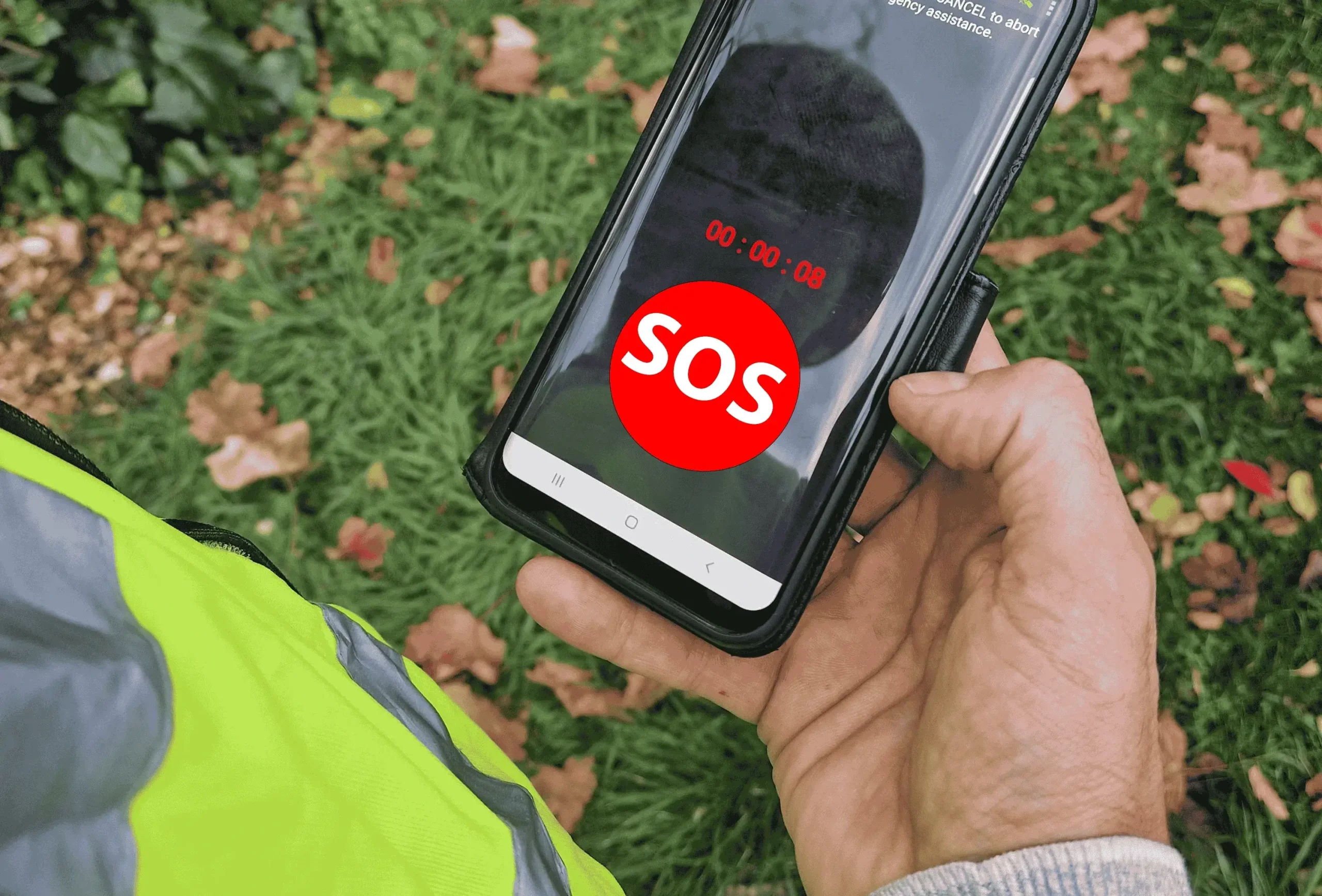Earning your daily bread can be a risky business. According to the Health and Safety Executive, the UK saw 649,000 incidents of violence at work in 2022/23, 561,000 workers sustained a non-fatal injury in 2022/23, and 138 workers were killed in work-related accidents in 2023/24. While every occupation and workplace comes with various risks, lone workers are particularly vulnerable, making proactive risk management strategies for these workers a necessity.
In this article, we take a look at how you can enhance safety, from lone worker risk assessments to creating a culture of safety.
What Are Lone Workers?
Lone workers perform their tasks without assistance from coworkers or immediate supervision. These individuals are found in almost every sector and industry, and they all face unique lone working risks. For example, taxi drivers face risks on the road as well as the risks that come with picking up strangers. Security guards are at risk when patrolling certain areas, and social workers visiting unfamiliar homes and other environments face a range of potential risks.
Lone Working Risks
While individuals who work alone face similar work hazards as other workers, these hazards may cause greater harm to them as there may be no one to support or help them if something goes wrong. Some of the lone working risks these individuals face include:
Accidents and injuries: Lone workers might not have immediate access to assistance in the event of an emergency, which could increase their risk of being injured.
Security concerns: Lone workers are more vulnerable to theft, vandalism, violence, and other security concerns.
While the UK doesn’t have specific health and safety lone working laws, the Health and Safety at Work Act 1974 and the Management of Health and Safety at Work 1999 require anyone who employs lone workers or hires them as contractors to ensure that they are reasonably safe. You can implement various strategies for managing lone working risks to do this.
Risk Management Strategy for Lone Workers
Use the following risk management strategies to improve the safety of lone workers at work.
Conduct Lone Worker Risk Assessments
Developing effective risk management strategies for your solitary workers begins with conducting lone worker risk assessments. These assessments are essential for identifying potential hazards these workers might encounter while performing their duties.
Ensure that you analyse your lone workers’ work environment and task requirements, as well as any external factors that may place your workers’ safety at risk. Assess hazardous materials, equipment, machinery, other physical hazards, and environmental risks such as isolated locations or bad weather conditions.
Your lone working risk assessment should include consultations with relevant workers to understand the risks they face and assessments of the likelihood and severity of possible harm to workers. It should also include considerations around the nature of the tasks, the environment, your workers’ health and qualifications, and the identification of vulnerable workers who may be at greater risk (such as pregnant women). Document your findings and outline the protective and preventative measures you will implement to mitigate those lone working risks.
Establish a Clear Lone Worker Safety Plan
Draw up a lone worker safety plan that includes clear policies and procedures. The plan should include comprehensive outlines of safety procedures, emergency protocols, and reporting mechanisms. Include the following key elements in your lone worker safety program:
- Who workers should contact in case of vehicle or machinery breakdowns, aggressive behaviour, or health emergencies.
- How operations staff will confirm emergencies and arrange for relevant assistance.
- When and how emergency services should be contacted.
- How and when operations staff will contact and follow up with affected lone workers’ families.
- Steps to be followed for investigating incidents, reducing the risk of similar incidents in future, and providing post-trauma support when necessary.
Communicate your lone worker safety plan to all relevant staff, enabling them to ensure their well-being and safety by making informed decisions at work.
Implement Preventative Measures
Take proactive steps to reduce or eliminate lone worker risks by implementing preventative measures. Tailor these measures to specific environments or tasks.
Use GPS fleet vehicle tracking systems, mobile apps, and safety devices to monitor lone workers’ locations, offer support, and aid in the event of an accident or emergency. Implement buddy or companionship systems to provide lone workers with safety-enhancing assistance and mutual support.
Provide Ongoing Training
Provide lone workers with ongoing training to equip them with the knowledge and skills they need to minimise the risks of accidents and emergencies at work. Ensure all relevant personnel have a thorough understanding of your lone worker safety program.
Accredited providers can tailor their offerings to suit your organisation’s requirements and provide training programs such as conflict management, emergency first aid, safety device operation, self-defence, and situational awareness for identifying threats and remaining alert.
Implement Ongoing Monitoring and Communication
Implement a policy of ongoing monitoring and communication as part of your risk management strategies for lone workers. Ongoing contact with employees or contractors who work alone is crucial for offering reassurance and enabling lone workers to request assistance during emergencies. Some methods of monitoring and communicating with lone workers include:
- Online logging systems for monitoring lone worker start and finish times.
- Wearable devices with GPS tracking, alarms, alerts, and communication options, such as Crystal Ball’s Lone Worker Protection App.
- Regular scheduled safety confirmation message or check-in calls.
- CCTV in car parks and other higher-risk areas.
- Smartphone apps that offer panic alerts or panic buttons.
Create a Culture of Lone Worker Safety
One of the most important yet overlooked risk management strategies for lone workers is to create a culture of safety. Doing this requires your management team to approach and teach safety culture as an ongoing process, and to reinforce it positively by recognising and reinforcing lone workers who follow safety procedures and health and safety guidelines.
Encourage lone workers to take part in decision-making and learning processes and encourage them to report any safety concerns or issues. Provide them with educational resources and resources such as Crystal Ball’s Lone Worker Protection App. By implementing an effective lone worker safety plan, you can help protect the people you employ and transform your organisation’s culture.


